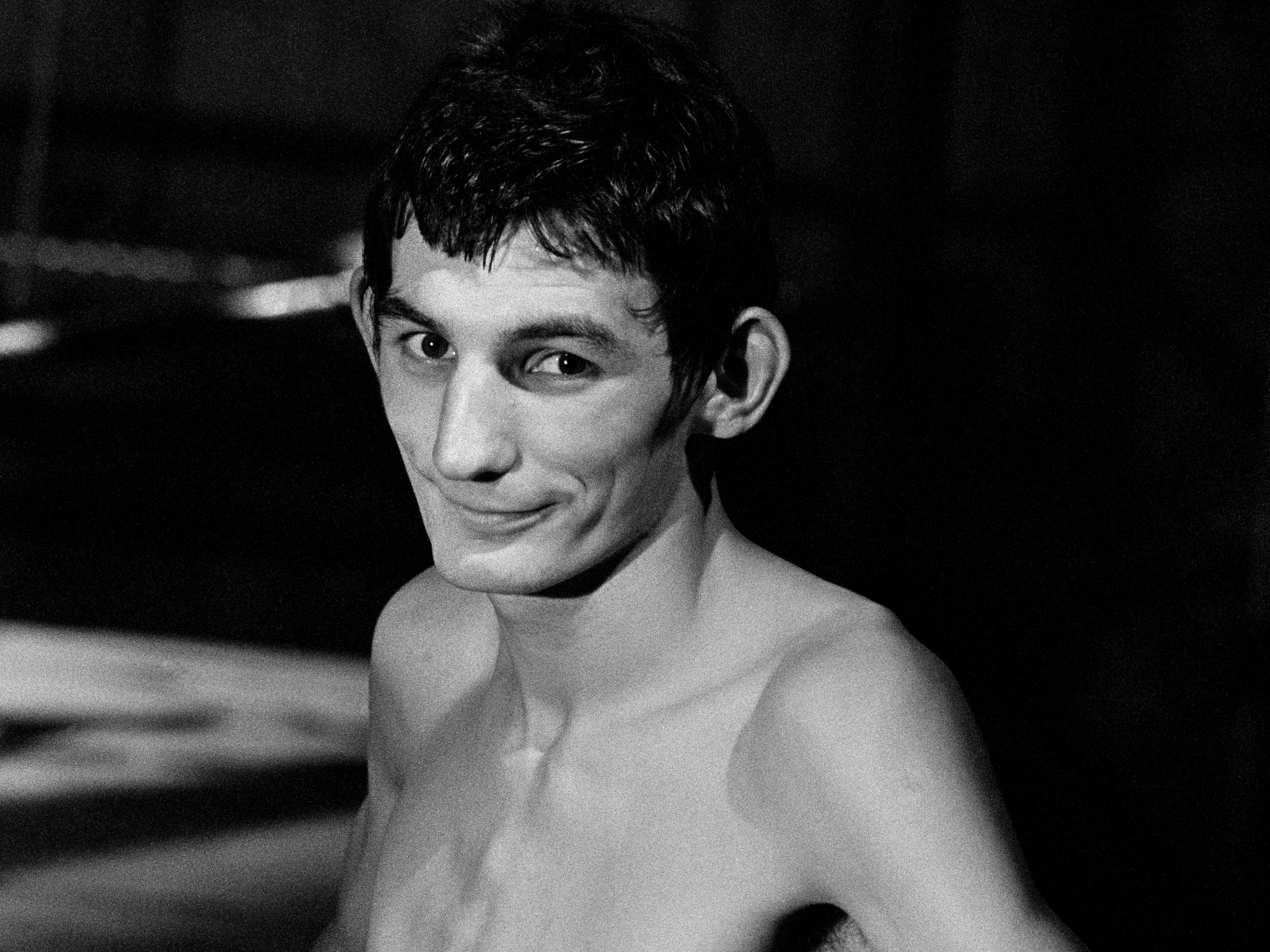The tragic tale of Johnny Owen and how it left a scar over Mexican boxing
Owen was Welsh, British, Commonwealth and European champion when he travelled to Los Angeles to try to add the world title

Johnny Owen once asked his trainer not to put any cream over or cover a slight abrasion on his cheek after a British title fight. “It shows I’m a boxer,” he said.
Owen was the impossibly thin young Welshman, dubbed the Matchstick Man, the one with the large cartoon ears and a voice seldom heard above the distant buzz of birds, cars and men chattering.
“I’ve known Johnny since he was a baby and he’s never been out with a girl in his life. He’s dedicated to boxing, he doesn’t bother with girlfriends,” said Dai Gardiner, Owen’s manager, in 1978. It was a dedication with some glory away from any glitz.
In early September 1980 Owen arrived, with his devoted father Dick, a man of seemingly endless love for his son, in California for a world title fight against Lupe Pintor. They shared a room at the Gala Motor Hotel in a part of Los Angeles that only the brave, the homeless, the addicted and hopeful from Merthyr Tydfil ever knew.
Pintor was a Mexican idol at the Olympic Auditorium in a part of Los Angeles known as Little Mexico and his bantamweight world title fight with Owen was sold out, possibly packed with a few thousand extra on the night. When Owen arrived at the venue riot police were prowling, a rancid atmosphere of intimidation and hate was the backdrop.
In Owen’s changing room the chants of “Lupe, Lupe, Lupe” were rattling the furniture. Owen was the calmest man in the room, which is often the case in big fights. A year earlier Owen had fought 15 rounds in a bullring in Spain against a Spanish boxer who had failed the weight and was still allowed to box for the European title. The Seventies and Eighties are packed with abuses against travelling British boxers. On that night in Spain Owen lost a disgraceful decision and had to face a vicious mob; the local police had assaulted the assigned British Boxing Board of Control official and then placed him under armed guard at ringside. In the ring the Spanish boxer had a substance openly smeared on his gloves and this temporarily blinded Owen. It was harsh, but ideal preparation for Little Mexico.
In the filthy changing room at the Olympic Auditorium the wait for the call to the ring continued. “Johnny had no nerves at all and I was a very proud man,” said Dick. The walk to the ring was not a pantomime of nastiness and served as a violent warning for what would happen at the end of the fight. Pintor, by the way, was then and remains a Mexican idol.
Owen was trailing on all three scorecards in the fifteen-round fight when the bell for twelfth sounded. The canvas was splattered with blood, Owen had been swallowing his own blood since round five from a cut inside his bottom lip, dropped heavily in round nine and sent crashing twice more to the sodden canvas in round twelve. The final knockdown is arguably the single most disturbing image in British boxing history; I have watched it for you and listened to the men that were there talking about it. It will never leave you if you watch it.
Poor Johnny was out cold on the canvas, folded over his legs at first like a butchered giraffe. There was an ancient stretcher, no resuscitation equipment and somebody tried smelling salts. His body was placed like a sacrifice on the stretcher with tender care by his father and others in the corner, and then they faced a gauntlet with their silent and still boy. The men carrying the stretcher were abused, had their pockets picked, were hit, kicked and had urine in beer cups thrown over them. They screamed back in hate, carried the kid and made it through to the ambulance.
The body of Johnny Owen was first operated on at the Lutheran Hospital on Hope Street at 11:30pm on 19 September and it took four hours to scrape away the clot on his brain. The twilight wait, a dreadful game of silence, teary visitors, doctors without salvation in their words and days holding the boxer’s hand during the depth of a coma dragged on and on. Owen’s mother, Edith, arrived two days later and she sat with Dick in pitiful watch over their son for nearly two months.
There were scares, few positive signs and boxing continued; Pintor was back in Mexico City and suffering. “He told me he cried all the time,” Dick said in 2002 after an extraordinary film was made, bringing the father and a broken fighter together. There should be a health warning attached to the film by Dylan Richards.
Owen was just 24 when he died in early November 1980, a month later Pintor retained his title in Las Vegas. There is a beautiful statue of Johnny Owen, Welsh, British, Commonwealth and European bantamweight champion in Merthyr Tydfil. It was 37 years ago this week.
Subscribe to Independent Premium to bookmark this article
Want to bookmark your favourite articles and stories to read or reference later? Start your Independent Premium subscription today.

Join our commenting forum
Join thought-provoking conversations, follow other Independent readers and see their replies